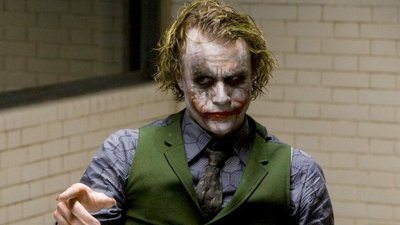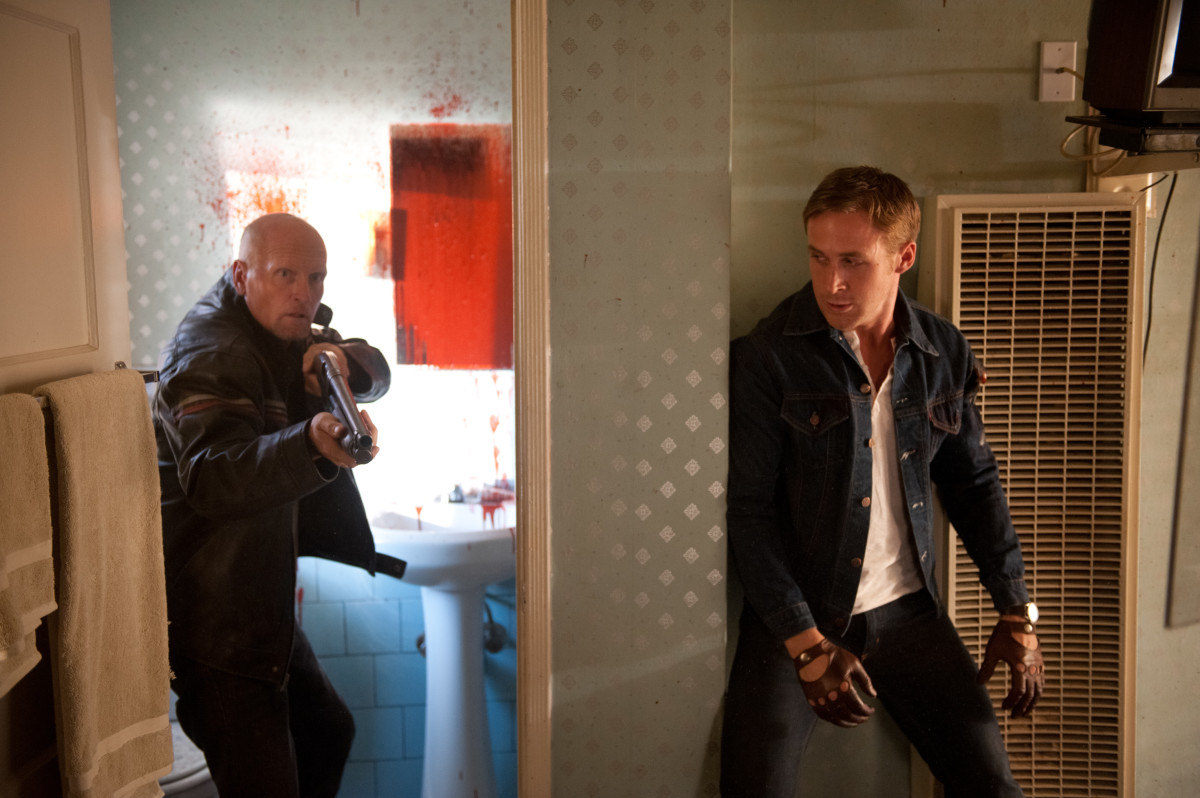In movies there are two type’s elements incorporated into film and that’s micro and macro. The micro element in film is to do with how the film comes together and how it flows from beginning to end. What forms the micro element is editing, mis-en-scene, cinematography and sound. Editing is used to put the scenes in the right order, to correct mistakes and to improve scenes such as ones what include CGI or may have different camera shots. However too much could see the audience pick out where the effect or camera is slightly not up to standards. Mis-en-scene is the part of the process where they build the scene with certain props or use background/green screen. ‘Cinematography is the art and process of movie photography’ such as how the movie such as if the film is being filmed in black and white or if the film is using first person or third person for the scene. Sound is used throughout film as it includes music, noises and talking, this part of the element is used mostly used to create a mood such as possibly sadness or joy. In The Good, The Bad, and The Ugly the sound is used to show tension between characters as well as danger in my opinion this is a good use of sound in film.
The micro element is what is included in the film. Genre is the theme of the film such as horror or crime what has to be the core throughout the plot of the film. Messages and values should be used to create an effect on the viewer or audience as it could be used as a way to sympathise with the characters or to teach the audience such as movies based on true stories. This gives more of a reason to watch movie because of this. Representation is part of film what continuously debated as minorities haven’t been represented in film through Hollywood however more films are starting to use a diverse cast as films like Gods of Egypt was criticised even by one of their own actors of white washing. Having a diverse cast adds more to movie as it creates more realistic cast of characters unless it’s based upon something. The narrative of the film is how the film comes together to tell a story. Style in film is down to how the director directs his work as will use certain camera techniques, certain types of effects or camera if the film has an off colour background, examples of this are the directors Quentin Tarantino with blood effects and Zack Snyder with certain camera shots and having green tint in his lens, this how their films become memorable. The authorship is considered as the level of the director who is seen as the sole author of the film. Theme is what gives layers to the film by being able to build a more complex story by giving more meaning behind such things as a dialogue. To make a good film there should be a good balance of theme where there is not too much to complicate the film or to little so there is nothing complexed about the film. In Goodfellas the use of theme is used to show how complexed each character with some showing greed while others anger.
To make a good film, each individual part of both elements must be incorporated but must be used in a way what is well balanced as you don’t want to be called out for something what can hurt the film in the end in the way as if you didn’t use these in the final cut. Goodfellas includes all the above as it focuses on a balance to give you the immersion of life as an American gangster or The Good, The Bad, and The Ugly what makes you feel like you’re in the West.
All-time favourites
Best Picture: Goodfellas
Best director: Martin Scorsese
Best Actor: Robert De Niro
Best Soundtrack: The Good, The Bad, and The Ugly/Star wars





